Fitness is not a finish line – it’s a lifelong journey.
Unlike a marathon that ends after 26.2 miles, your fitness story keeps going and going… and going.
I used to think I could just “get fit” and be done with it (wouldn’t that be nice?). But the reality is that physical fitness requires continuous attention, consistent effort, and regular adaptation as our bodies and lives change.
When you stop moving, your body starts losing what you’ve built. It’s like trying to fill a bucket with a hole in it – you’ve got to keep adding water or it eventually runs dry.
Let’s dive into why fitness is a never-ending story and how you can make peace with that reality (trust me, it’s actually a good thing!).
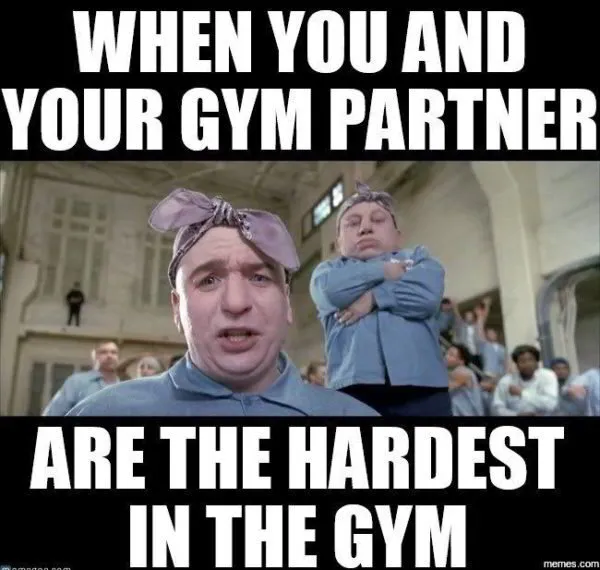
The Continuous Nature of Physical Fitness
Physical fitness isn’t something you achieve once and then own forever. Your cardiovascular capacity, muscle strength, flexibility, and overall health are constantly in flux.
This continuous nature means:
- Your body is always adapting (for better or worse)
- Yesterday’s workout benefits fade without new stimuli
- Age-related changes require ongoing counterbalance
- Fitness evolves as your life circumstances change
As fitness researcher Dr. Edward Phillips explains, “Exercise is medicine, but it’s medicine you need to take every day.”
Why Fitness Can’t Be “Finished”
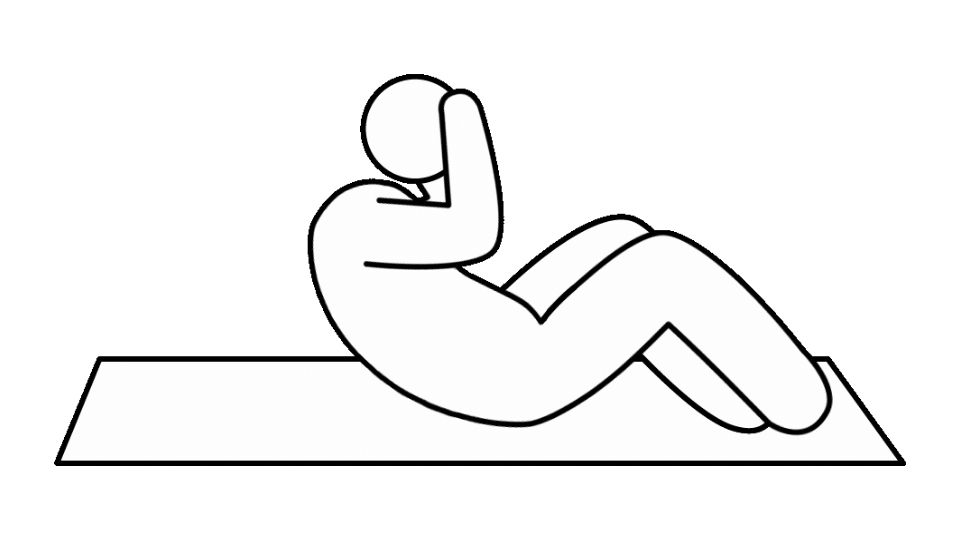
Think about it – do you ever really “finish” brushing your teeth? No, because plaque keeps forming. The same principle applies to fitness.
Muscle adaptations are temporary. Without consistent training stimuli, your body begins reducing muscle fibers and mitochondrial density. Research shows significant strength losses can begin after just two weeks of inactivity.
Cardiovascular gains fade. That hard-earned endurance starts declining within days of stopping training. VO2 max can drop by 7-10% in the first three weeks of inactivity.
Aging accelerates decline. After age 30, we naturally lose muscle mass at a rate of about 3-5% per decade. Without resistance training, this accelerates, affecting metabolism, bone density, and functional capacity.
Life itself is continuous. Your body never stops living, so it never stops needing movement to function optimally.
The Big Components of Continuous Fitness
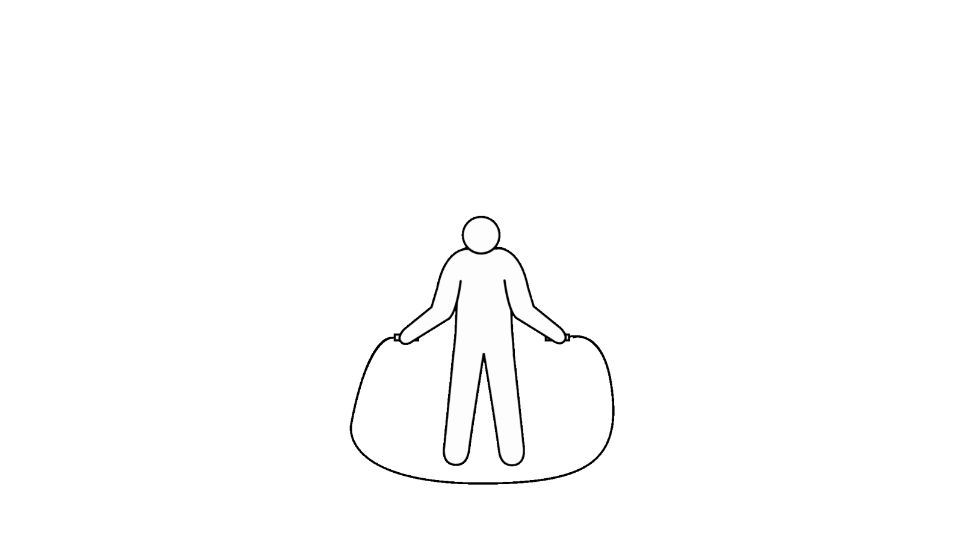
1. Consistency Trumps Perfection
The person who works out moderately three times a week for years will outperform the person who trains intensely for a month and then quits.
Studies consistently show that adherence is the number one predictor of long-term fitness success. This means finding sustainable activities you actually enjoy rather than forcing yourself through punishing routines you’ll eventually abandon.
Make it practical: Schedule 3-4 non-negotiable movement sessions weekly, even if some are just 20-minute walks.
2. Progressive Challenge
Your body adapts to whatever stress you put on it. Once adapted, it needs new challenges to continue improving.
This doesn’t mean you need to constantly increase weight or distance. You can vary:
- Exercise selection
- Rest periods
- Movement patterns
- Training volume
- Exercise order
Make it practical: Every 4-6 weeks, change at least one variable in your workout routine.
3. Balance Across Fitness Domains
Complete fitness requires attention to multiple physical qualities:
- Cardiovascular endurance
- Muscular strength
- Flexibility and mobility
- Balance and coordination
- Body composition
Neglecting any one area eventually affects the others. The ultra marathoner with no strength training often ends up injured. The bodybuilder who never does cardio might look fit but have poor heart health.
Make it practical: Ensure your weekly routine includes at least some activity addressing each fitness component.
4. Responsive Adaptation
Life changes, and so should your fitness approach. What worked in your 20s may not work in your 40s. Pregnancy, injury, career changes, and aging all require fitness adjustments.
Make it practical: Reassess your fitness approach during major life transitions or at least annually.
How to Embrace Continuous Fitness
Make Movement a Daily Non-Negotiable
Rather than viewing exercise as something to “get through,” integrate movement throughout your day:
- Take walking meetings
- Use a standing desk
- Take the stairs consistently
- Stretch during TV commercials
- Park farther from entrances
According to movement specialist Katy Bowman, these “movement snacks” can be as important as dedicated workout time.
Focus on the Process, Not Just Outcomes
When fitness becomes about enjoying the journey rather than reaching a destination, consistency becomes easier.
Ask yourself:
- Did moving today make me feel better?
- Am I sleeping better because of regular exercise?
- Do I have more energy for activities I enjoy?
- Can I perform daily tasks with greater ease?
Create Environmental Triggers
Make movement the path of least resistance:
- Keep resistance bands visible in your office
- Leave walking shoes by the door
- Sleep in workout clothes if morning exercise is your goal
- Join group fitness classes for accountability
Track Your Journey
Recording your fitness efforts creates a visual representation of your continuity (or gaps). This doesn’t require complex spreadsheets – simple check marks on a calendar or a fitness app can provide powerful motivation.
Nutrition as a Continuous Practice
Just like fitness, nutrition isn’t something you “solve” once. It requires ongoing attention and adjustment.
Using tools like meal tracking can help maintain awareness of your nutritional intake. Just as you might track workouts, tracking meals creates continuity in your overall health approach.
The Freedom in Continuity
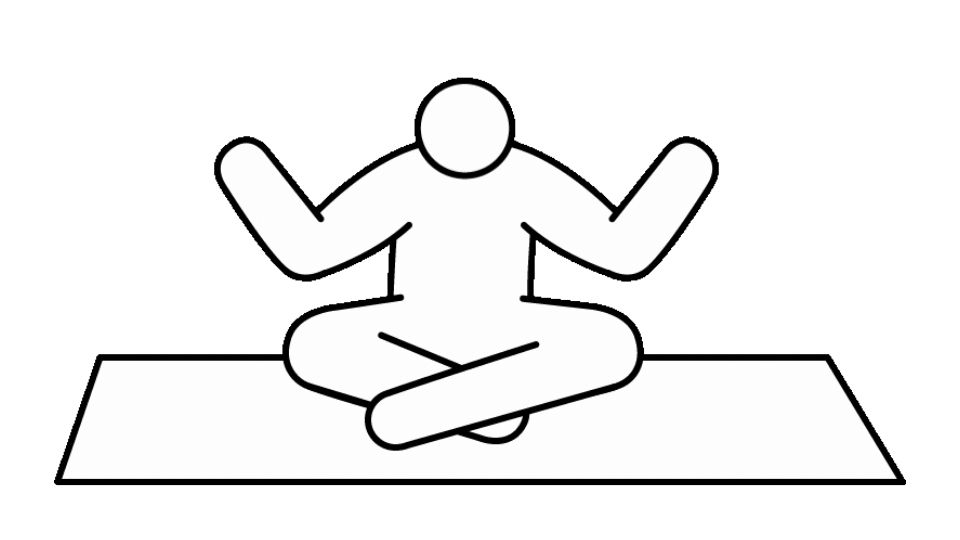
Once you accept fitness as continuous, it paradoxically becomes less stressful. You realize:
- One missed workout doesn’t matter in a lifelong journey
- There’s no deadline to “get fit by”
- Small, consistent efforts compound dramatically
- You can adjust intensity based on life’s demands
As fitness coach Dan John says, “The goal is to keep the goal the goal.” When your goal is simply continued movement and health rather than a specific physique or performance metric, you’ve created a sustainable approach.
Practical Takeaways
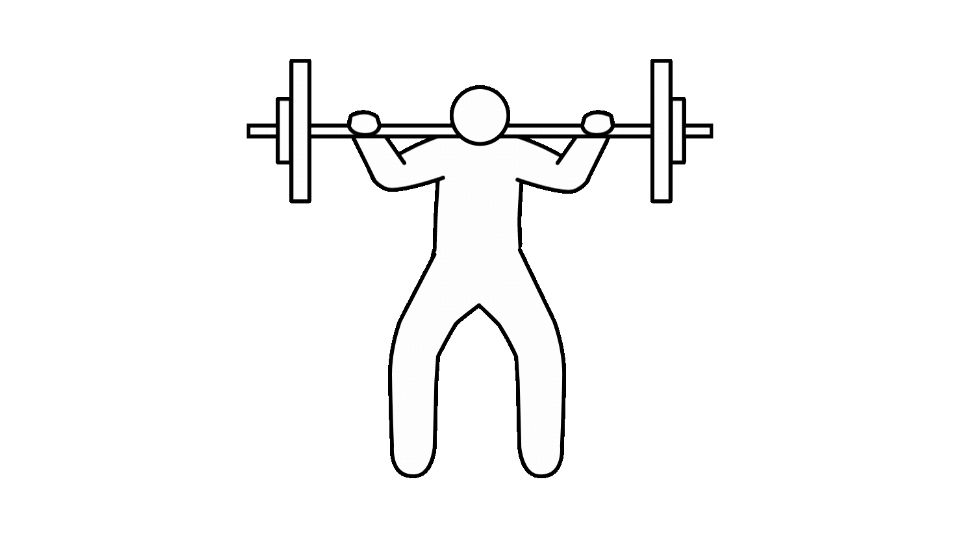
- Commit to the long game. Think in terms of decades, not days.
- Find joy in movement. Sustainable fitness comes from activities you genuinely enjoy.
- Expect and plan for changes. Your fitness approach should evolve as you do.
- Value consistency over intensity. Better to move moderately often than intensely rarely.
- Remember that all fitness is connected. Strength, endurance, flexibility, and nutrition work together.
Fitness isn’t something you finish – it’s something you practice. Just like brushing your teeth, eating, or sleeping, it’s a fundamental part of caring for your body that continues throughout life.
The sooner you embrace this continuity, the sooner you’ll stop the frustrating cycle of starting and stopping, and instead build a sustainable relationship with movement that serves you for life.



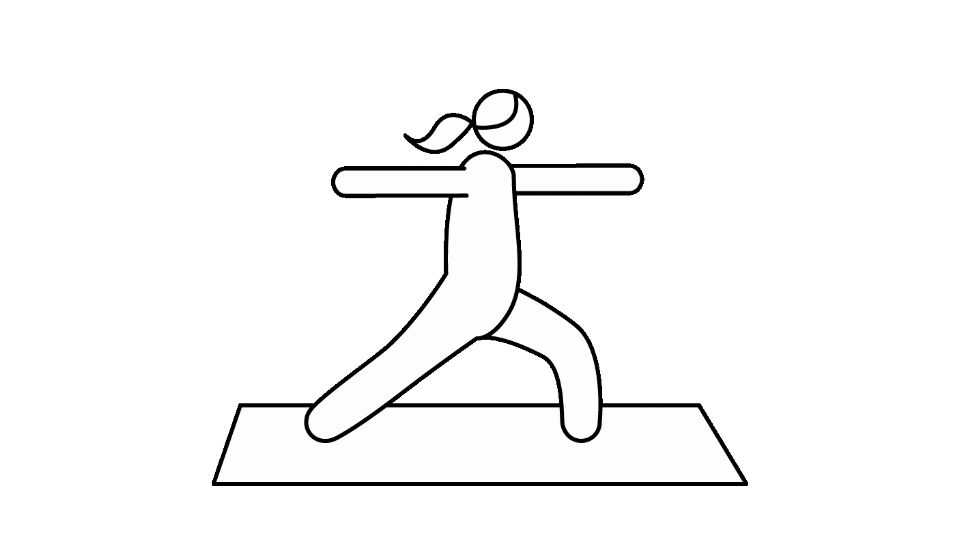
Leave a Reply